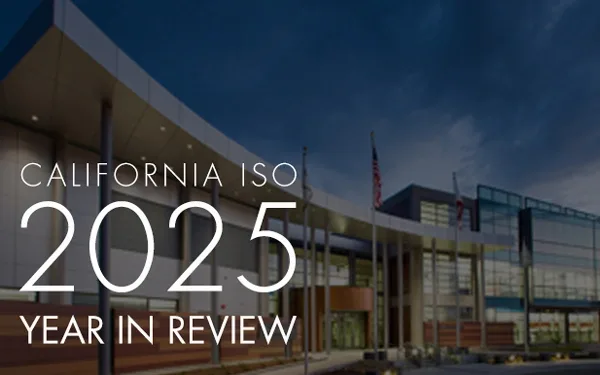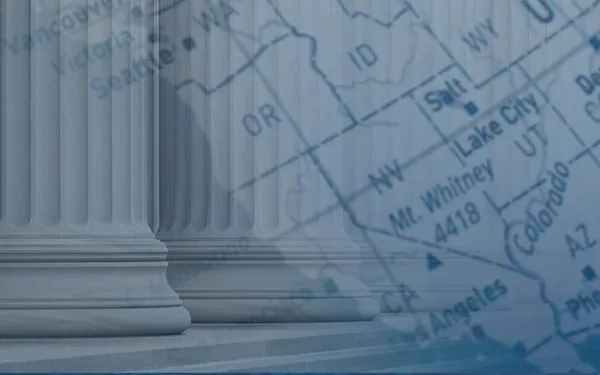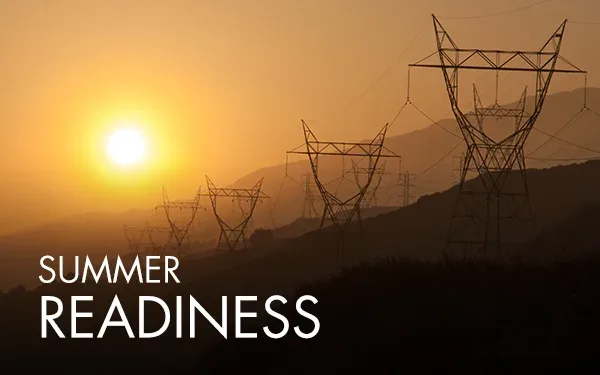Vision and tradition at new storage site
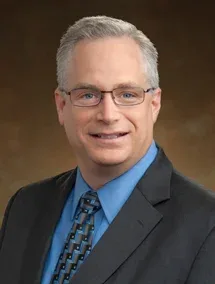
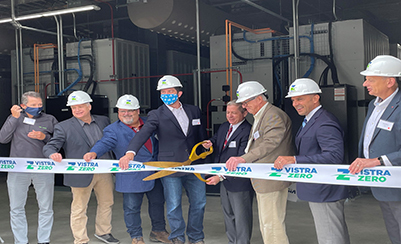
One of the more exciting recent energy related developments in California has been the addition of so much battery storage capacity being dispatched onto the state’s electrical grid. Last week, a colleague and I were fortunate enough to take a tour and get a firsthand look at one new facility that is certain to have a big impact.
Anna McKenna, the California ISO’s vice president for Market Policy and Performance, and I wanted to see the Vistra Moss Landing Energy Storage Facility in Monterey County for a number of reasons, not the least of which is that it is the largest such facility in the world. With the project’s two phases now complete and storing energy when clean power is abundant and sending carbon-free electricity to the grid when California needs it the most, the Vistra facility’s total capacity is 400 megawatts (MW) (1,600Mwh) - enough electricity to serve about 300,000 homes for four hours.
But the lithium-ion battery project is interesting for a host of reasons: the larger, 300 MW first phase of the facility that began operations late last year is located in a refurbished warehouse-like building. The building is three football fields long and once dispatched power from an oil-fueled turbine that has since been removed, serving as a powerful symbol of California’s dramatic transformation from having an electrical grid once powered primarily by fossil fuels to one that is increasingly green and carbon-free.
Company officials note that the name Vistra was chosen after a restructuring a few years back because the word refers both to visionary thinking and tradition. The Moss Landing facility seems to personify that approach by pairing modern technology with existing traditional power plant infrastructure and transmission lines to find new life in helping to meet California’s clean-energy future.
The complex includes an operating natural gas plant and two iconic smokestacks that no longer bellow smoke but still serve as landmarks to locals and visitors alike. And Vistra CEO Curt Morgan mentioned in his remarks that the site has room to support a total battery capacity of 1500 MW while using existing infrastructure, although no commitment has been made regarding possible expansion.
Those of us working in energy have talked for years about battery storage someday solving the intermittent energy challenge and now that day has come.
As California and other states work to limit greenhouse gases and mitigate the impacts of climate change, we are turning increasingly to clean sources of energy like the wind and sun. But as we all know, the wind and the sun do not always align with our energy needs. Their production varies with solar and wind conditions.
So when the wind stops and the sun sets, batteries like the thousands stacked at the Moss Landing Facility, which get charged during the day when clean energy is plentiful, can still send power out to homes and businesses in the evening hours. That is when demand is high as clean energy sources are declining or unavailable. Storage allows us to shift energy from when it is able to be produced for deployment when it is needed, and when we can do that at scale it becomes a game changer.
In my job as senior vice president and chief operating officer for the entity that manages 80 percent of the state’s electrical grid, seeing that much clean power come online is a joyous occasion. Anna and I both were impressed by the efficient use of existing space and the fact that the second phase was completed months ahead of schedule. This despite experiencing supply chain and other pandemic-related delays that have slowed so many construction projects.
California is committed to a carbon-free electricity system by 2045, as Senate Bill 100 passed by the Legislature in 2018 requires. To reach that goal, the state will need to add more renewable resources at scale, and projects like the one at Moss Landing, which ships the power to PG&E under a long-term purchase agreement, will help get us there.
As this transformation is underway, we must be sure to maintain reliability, and that can only happen with the flexible energy shifting capability that more stored energy provides. I have observed this summer how effective battery technologies can be in helping us produce renewable energy stored from the middle of the day when it is abundant for use later in the day when it is scarce.
I feel particularly proud about this because I don’t believe there is a balancing authority anywhere in the country, and perhaps even the world, that has more battery capacity installed than there is on the California ISO grid.
And the ISO is integrating battery capacity to the grid faster than anywhere, including the entire nation of China, as Bloomberg News reported a few months ago.
Last summer, we had about 250 MW of batteries on the grid. With 400 MW from the two phases at Moss Landing and other sites coming online, we now have in excess of 1,500 MW of batteries on the system. We are on target to produce a 10-fold increase over last summer’s amount by the end of this year. This project and others will help California meet its ambitious clean energy goals and keep our grid reliable. It’s exciting to help demonstrate the effectiveness of these technologies to the world.
